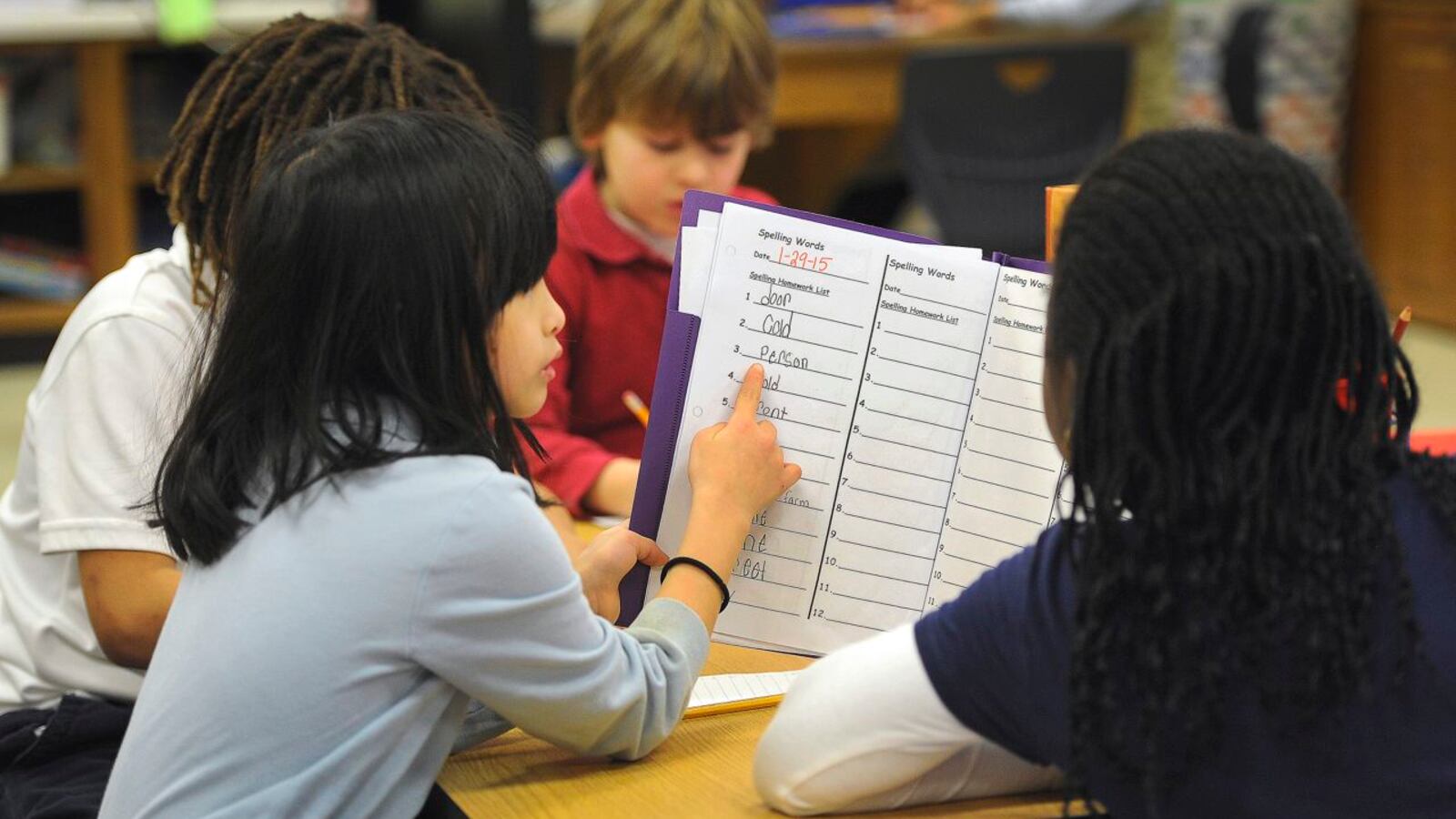Indianapolis Public Schools today unveiled a three-year strategic plan to reshape the school district’s management, spending and services with a goal of better academic offerings that are accessible to all students.
The plan, which the school board will discuss at a 6 p.m. meeting, is ambitious. It includes 22 top level goals among 70 specific efforts to make changes.
The strategic plan covers a wide range of initiatives, from changing the grade configurations of schools, to surveying students and families about the services they receive to starting a process that could lead to asking voters for a tax hike to help modernize some of its school buildings.
Superintendent Lewis Ferebee said the district crafted the proposal though community meetings that led to committees formed to work on aspects of the plan.
“A lot of this is very new and innovative,” he said. “A lot of this is where we want to go. We still have to work through the details of how we get there.”
Some of the bigger proposals include:
Fixing school buildings. The district would craft a plan to modernize school buildings that could start in the 2017-18 school year. It could include a referendum asking voters to approve a new bond issue.
“A referendum is on the table,” Ferebee said. “We haven’t done a bond in a while, but we’re just trying to collect property taxes right now.”
More freedom for schools. Schools would begin to take more control over their budgets, a priority for the board that has been under discussion for months, starting next year.
Shifting middle school students out of high schools. By 2017, the goal is to have a new plan for the grade configurations of schools, including a “new vision” for middle grades. Ferebee has said he prefers K-8 elementary schools over stand-alone middle schools or grouping middle grades with high schools.
Magnet school changes. A plan to redesign the district’s magnet school system in 2016. The plan could include expanding successful programs, eliminating others or adding new magnet options Ferebee said.
Making high schools better. There will be a big push to improve high schools so that more students take advanced classes, graduate and earn honors diplomas.
“We need to do a better job there in our high schools,” Ferebee said.
New ideas for how to pay teachers and assign them to schools. Changes to the system for assigning and paying teachers that are designed to more evenly spread experienced and novice teachers across the district’s 66 schools.
Hiring more diverse teachers and keeping them. The district aims to double the number of teachers it retains for the next year by 2017 and triple the number of minority teachers. The district’s teaching staff, “does not match or align with the diversity of student populations,” Ferebee said.
New opportunities for teachers. New career pathways, such as a new “lead teacher” job, should be in place by 2016-17.
A happier workplace. The district will set a goal of being ranked as one of the city’s “best places to work” by 2018.
Cutting spending everywhere possible. A priority would be to save money through a series of moves, such as cutting energy consumption, reducing the amount of supplies that are kept in a warehouse and automating tasks wherever possible.
Ferebee said he does not have a projected dollar savings amount if the plan were to succeed.
Stronger ties with charter schools. More partnerships with charter schools and other outside groups to try to overhaul the district’s lowest scoring schools. For one thing, Ferebee said, he hoped to fill up empty school space through partnerships rather than see charter schools building new.
“My goal is we don’t build another new school within IPS boundaries until we maximize space we have now,” he said.
Less movement for students. As much as possible, the goal will be to reduce how often children change schools. Ferebee said he hoped to work with the next mayor to find ways to stabilize housing so families move less and to use the district’s busing system, when possible, to reduce transfers.
“We’ve seen schools where you wouldn’t have a student in fifth or sixth grade that started there in kindergarten or first grade,” he said. “That should not be the case.”
A focus on the individual. More students should have “individualized education plans,” such as those used for students in special education, and teachers should have “professional learning plans” by 2016-17.
Welcoming English-language learners. IPS will establish a “newcomer center” to support families that are still learning English as a new language.
Together, Ferebee said, he hoped all of the ideas in the plan would lead to a new image of IPS in the minds of people who live in Indianapolis and better serve the students who attend its schools.
“How we define success will be very different,” he said, “than how we do it today.”


